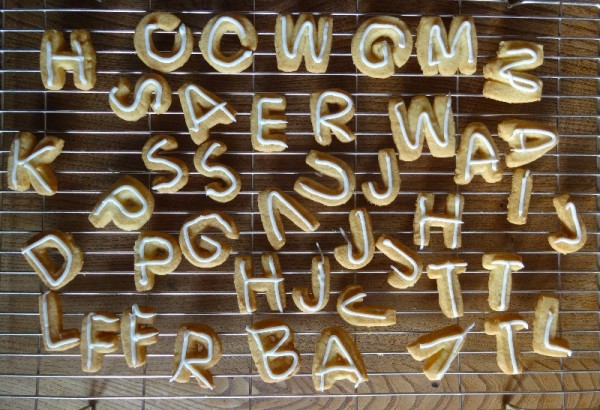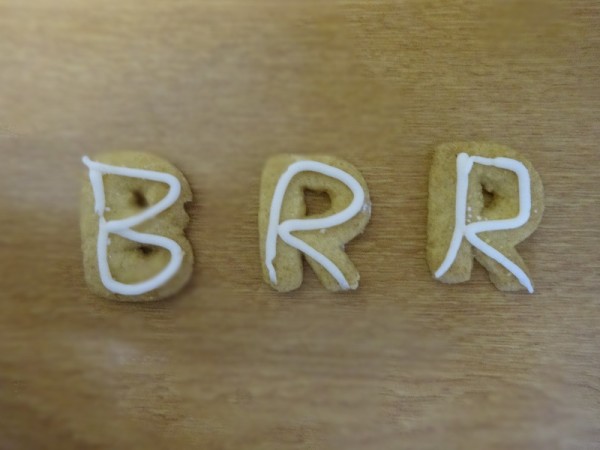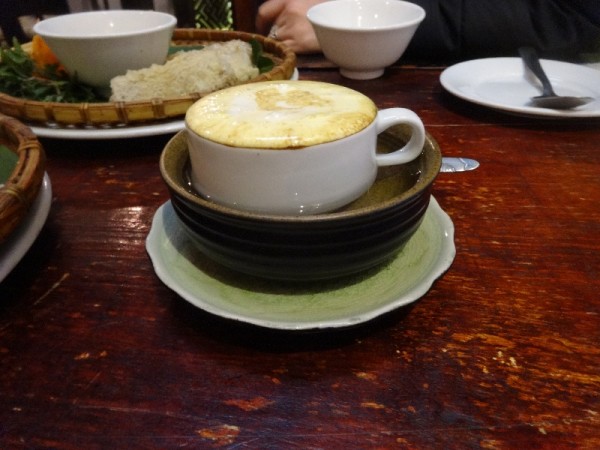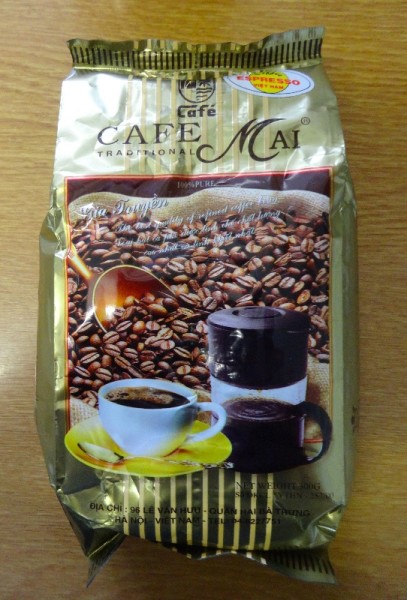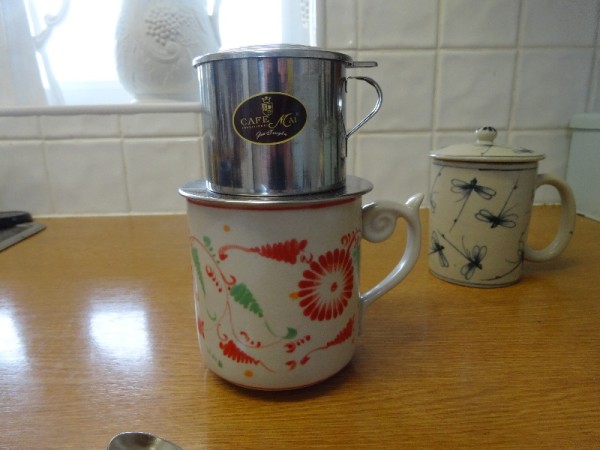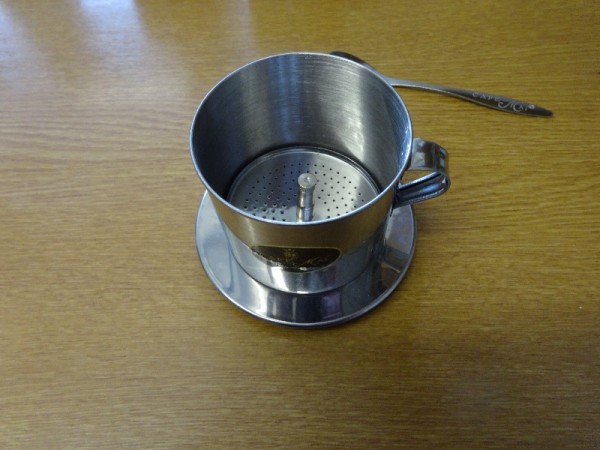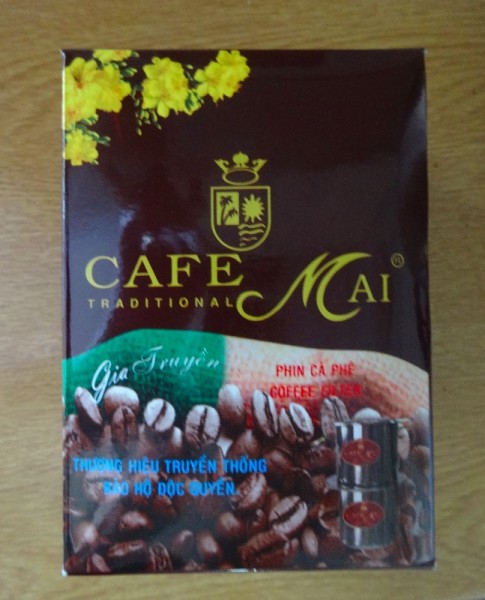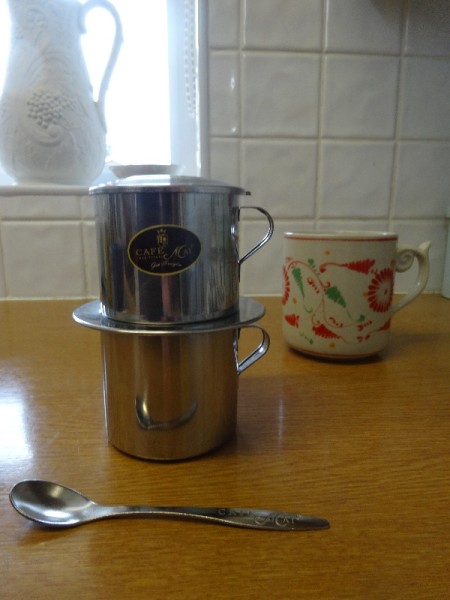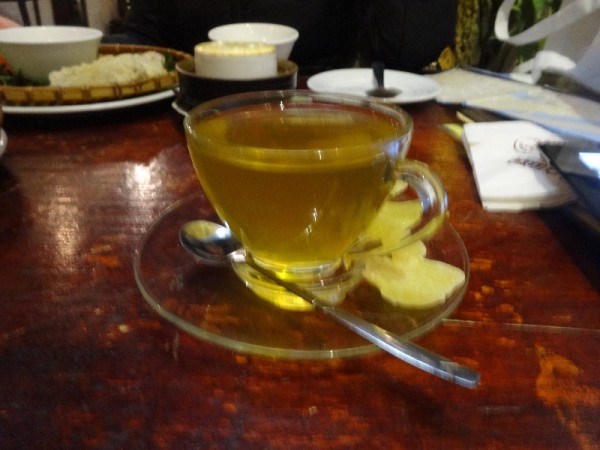This year we had an informal family service for Mothering Sunday with mothers and children of all ages. My 2 year old grandson, the only little child present, enjoyed the less structured approach, lasted the whole service without feeling the need to tear around the place and charmed all the mothers (in fact all women whether mothers or not – we interpret the idea of motherhood very broadly) as he ceremoniously handed out little string-tied posies of daffodils and bits of greenery. One parishioner had baked an excellent sponge cake with lemon curd and mascarpone filling and I made alphabet biscuits.
(Recipe adapted from that is Susanna Tee’s 1001 Cupcakes, Cookies & other tempting treats; Parragon Books, 2009)
225 g butter cubed and softened
140 g golden caster sugar
1 egg yolk lightly beaten
140 g SR flour
140 g plain flour
2 teasp vanilla extract
Heat oven to 190°C/170°C for a fan oven/375°F/Gas Mark 5.
Line a couple of baking trays with baking paper.
Beat butter and sugar together until light and fluffy, and then the egg yolk and vanilla extract. Gradually add the sifted flour and mix until combined. Bring the dough together into a ball and then roughly divide this into two. Place each of these balls on to a piece of cling film, flatten them and put both in the fridge to chill for about half an hour.
Having removed the dough from the fridge, roll it out to a thickness of about 5mm between 2 sheets of baking paper and cut out letter shapes using alphabet cutters.
Bake in a preheated oven for 10-12 minutes or until the biscuits are beginning to go golden.
Allow to cool on the baking sheet for 5 minutes, then move on to a wire rack.
When biscuits are completely cool, mix a small amount of icing with a little lemon juice and ice the letters as desired. If time is limited, it’s useful to have ready mixed icing which comes in tubes complete with icing nozzles – these can be easily found on supermarket shelves.
This recipe produces a lovely biscuit with the snap of a crisp shortbread. It is nice to make these for a special occasion as children love having their name spelt out in biscuits. However, it was very difficult to judge how long to leave the mixture in the fridge – too long makes the mixture too hard and bits break off as you try to get the out of the letter moulds; too little time and the dough is too floppy, stretches and sticks to the moulds (any suggestions for getting this right?) I spent rather longer than I would have wished filling two trays with letters of passably recognisable shapes. (After 50 letters and with a ball of dough the size of a tennis ball remaining, I called time on letter production.) I didn’t produce a full alphabet, instead I concentrated on the initials of people I thought might be at church – lots of As, Cs, Ds,Hs, Js, Ms, & Ss. And then, guess what, people just took them off the plate without even looking what letter they had picked!
Still cold – a brief flurry of snow on Saturday morning – but quite sunny. The Met Office keep telling us March 1st marks the beginning of spring meteorologically, while most of us were taught to regard it as 20/21st March from the astronomical calendar. I know which makes more sense to me (and to most things in my garden too.)


